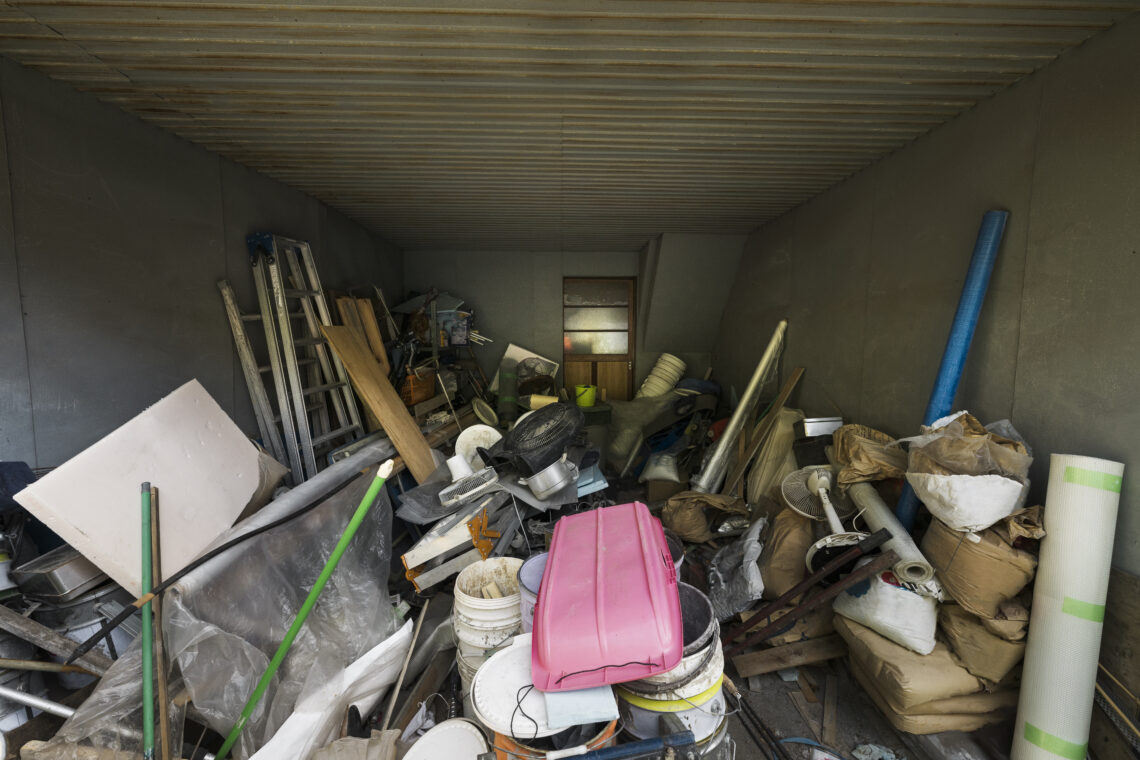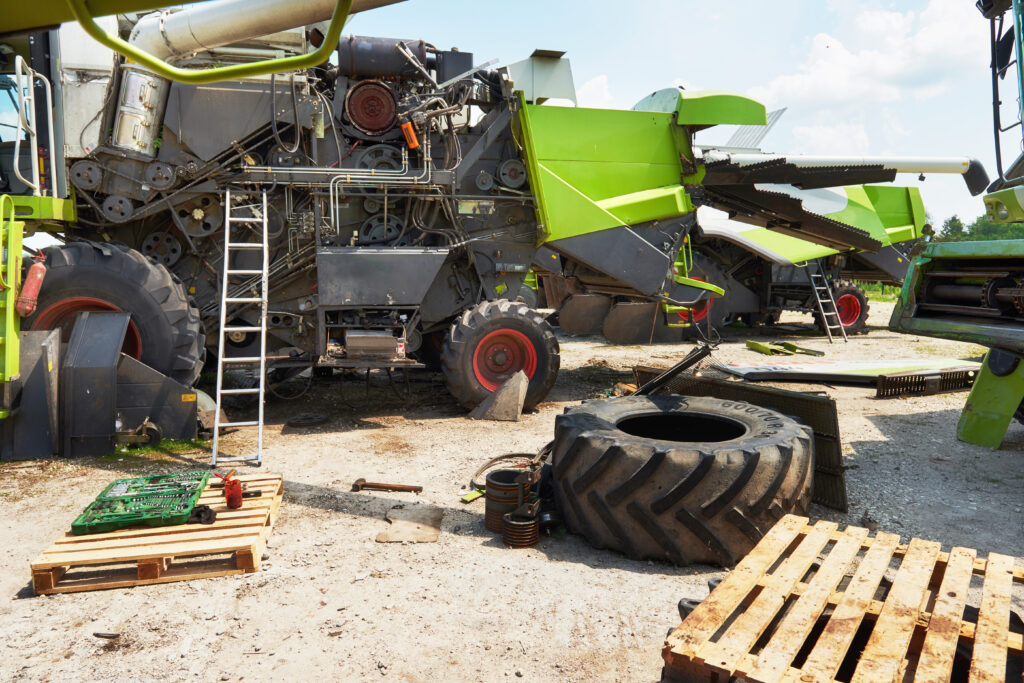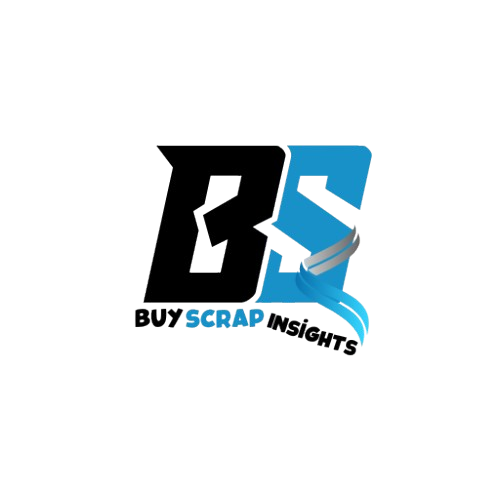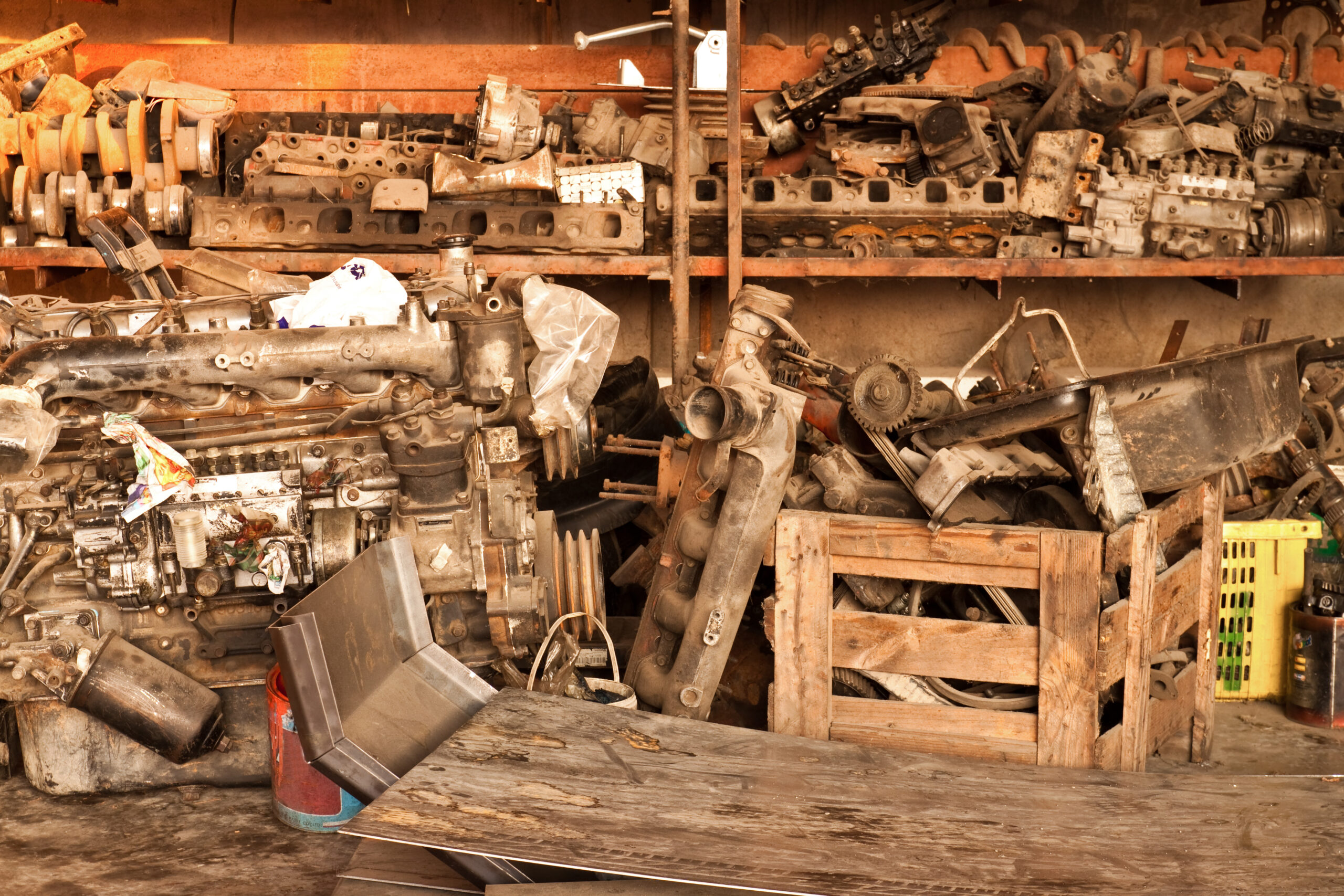
The ROI of Scrap Yard Software: Industry Insights on Profits and Productivity
Margins in the scrap business have always been tight, but 2025 is turning up the pressure. Metal prices swing faster, compliance rules keep piling up, and labor costs aren’t going down anytime soon.
In that kind of environment, even “small” inefficiencies. Like a lost ticket, a few extra minutes at the gate, or a mismatched weight can quietly drain thousands from the bottom line each month.
That’s why more operators are turning to scrap yard software. In today’s terms, that doesn’t just mean a simple desktop program, it’s a mix of cloud platforms, mobile ticketing, AI-driven automation, and hardware integration with scales, cameras, and even sorting equipment.
Together, these tools replace guesswork with visibility, speed, and accuracy across the yard. And here’s the key point: the ROI of scrap yard software isn’t a “maybe” or a marketing claim. It’s measurable, whether through fewer errors, faster processing, better inventory control, or stronger compliance.
The proof is in the numbers, and for yards that adopt the right system, the gains can be felt in both daily workflow and long-term profitability.
What Drives ROI in Scrap Yards?
When it comes to profitability in scrap yards, the numbers are often won or lost in the details. ROI isn’t just about selling metal at the right price, it’s about controlling the hidden costs that chip away at margins every single day.
Start with labor costs. Every extra step in a manual process adds hours that don’t generate revenue. Then there’s throughput. Faster gate turn times mean more trucks in and out per day, which directly boosts daily revenue potential. Error reduction is another big driver: mismatched weights, duplicate entries, or misplaced tickets all translate into lost dollars.
On the material side, shrinkage and loss are silent profit-killers. Without real-time inventory visibility, it’s easy for material to disappear or get undervalued. And let’s not forget compliance costs, a single fine or failed audit can wipe out months of profit.
The hidden drains are just as damaging. Double data entry, inconsistent weights, lost tickets, and delayed payments may seem like minor hassles in the moment, but collectively they add up to significant revenue leakage over the course of a year.
This is where software ROI shines, plugging the leaks and turning inefficiencies into measurable gains.
Feature Comparison: What Different Solutions Offer
When you line up scrap yard software options side by side, the differences become pretty clear. The real question is: which features actually move the needle for your yard?
Take inventory and pricing. A spreadsheet might show you yesterday’s numbers, but real-time systems let you see what’s in your yard right now, and connect it to live market feeds so you know when to buy, hold, or sell.
Then there’s scale and hardware integration. Manually jotting down weights is asking for errors. With direct scale, camera, or RFID hookups, tickets are generated automatically, and disputes practically disappear.
Mobile and digital ticketing change the whole flow at the gate. Instead of scribbled slips and re-keying later, everything happens on the spot. Trucks move faster, customers leave happier, and your staff gets hours back in their day.
On the compliance side, audit trails and security features matter more than ever. Digital IDs, photos, and timestamps create a record you can actually trust. And while AI sorting may still feel futuristic, it’s already showing big potential in tricky areas like e-waste.
Finally, don’t overlook the human side, support, training, and cloud/mobile access. The best tools are only as good as the team using them, and cloud-first systems keep everyone connected whether they’re in the office, at the gate, or on the road.
Ultimately, it’s these features that transform software into a genuine profit driver.
Competitor Analysis
When it comes to scrap yard software, no two solutions are exactly alike. Each one has its own strengths, trade-offs, and “sweet spot” depending on the size and needs of your operation.
BuyScrapSoftware leans into real-time insights, scale integration, and compliance tools, making it a great fit for small to mid-sized yards that want measurable ROI without a huge IT burden. It’s straightforward, affordable, and built to solve the everyday pain points that cut into profits.
Loop ERP plays in the big leagues. It’s a full end-to-end system designed for multi-site operators that need everything connected, from dispatch to accounting. The trade-off? More complexity and likely a higher price tag,worth it for large yards, but overkill for smaller shops.
ScrapWare has been around for years and shines in inventory management and accounting tie-ins. It’s a solid option for yards that prioritize financial accuracy, though the interface may feel dated compared to newer cloud-first tools.
ScrapRight and Nexus are popular among smaller operators thanks to their ease of use, strong support, and transparent pricing. They cover the basics well but may not yet offer advanced AI or robotics features.
On pricing, you’ll see two main models: subscriptions, which spread out costs and make budgeting predictable, and modular/tiers, where you pay more as you add features. The trick is weighing value against what your yard actually needs,not just chasing the most feature-rich option.
How to Estimate ROI for Your Yard?

Talking about ROI is one thing, seeing it in your own numbers is another. The good news? You don’t need a finance degree to figure it out. A simple framework makes the math clear:
(Savings from reduced dwell time + savings from fewer errors + revenue from faster ticketing) − cost of software/implementation = ROI
Here’s how that plays out in practice. Let’s say your yard handles 80 loads a day, and digital ticketing plus scale integration cuts 5 minutes per load.
That’s 400 minutes saved daily, or more than 30 labor hours a week. Multiply those hours by your average cost per hour, and you’ll see how quickly the savings add up.
Now factor in fewer disputes, tighter inventory control, and faster payments. Add those gains to your dwell-time savings, then subtract the software’s subscription and setup costs. What’s left is your true ROI, measurable, predictable, and often surprisingly high.
For many operators, the math proves what instinct already says: the right software pays for itself, usually faster than expected.
Implementation Tips to Maximize ROI of Scrap Yard Software
Switching to scrap yard software isn’t just a tech upgrade, it’s a change in how your yard runs day to day. To make sure you actually see the ROI, here’s what works in the real world:
Start small. Instead of flipping the whole yard at once, try it on one shift or one department. You’ll catch issues early without slowing everything down.
Train your crew. The software only pays off if people actually use it the right way. Pick one “power user” who can learn the ins and outs and help everyone else.
Check your gear. Scales, cameras, and other equipment should be in good shape and ready to sync. A faulty scale can throw off even the smartest system.
Bring your data over carefully. Back up what you have, clean it up, then move it in stages. Bad data in = bad data out.
Listen to your team. The folks at the gate and scale spot problems faster than anyone. Their feedback can save you time and frustration.
Go step by step. A phased rollout keeps things manageable and builds confidence as people see the wins stack up.
Done this way, implementation isn’t a headache, it’s the start of measurable gains you’ll see in both time and money.
Challenges & Risks to Be Aware Of
Rolling out scrap yard software isn’t all smooth sailing. There are a few bumps most operators run into, and knowing them ahead of time makes life a lot easier.
For starters, the upfront costs can sting. Subscriptions look manageable, but setup, training, or hardware upgrades add up. The trick is keeping your eye on the savings that show up month after month once the system’s running.
Then there’s getting people on board. Some folks love their clipboards and won’t want to switch. The best way around it? Show them how the software makes their day easier, less double entry, faster payments, and fewer disputes.
Equipment can also throw you a curveball. Old scales or cameras might not play nice with new systems. A quick check before rollout saves a lot of headaches.
Because most systems run in the cloud, internet hiccups are another risk. If your connection goes down, so does your yard flow. That’s why it’s smart to ask about offline modes or backup plans.
And watch for fine print, extra fees for more users, reports, or support can sneak up if you don’t clarify early.
Conclusion
If there’s one takeaway, it’s this: 2025 isn’t business as usual. With tighter margins, tougher rules, and rising labor costs, scrap yards that stick to old manual systems risk falling behind fast. The ones that modernize gain speed, accuracy, and visibility, the very things that turn thin margins into solid profits.
The smartest move you can make right now is to benchmark where your money’s going today, lost time at the gate, ticket errors, slow payments, and stack that against what software can save or even earn back for you. The numbers usually tell the story better than any sales pitch.
Ready to see your own math? Book a quick demo at BuyScrapSoftware.com and get a custom ROI estimate for your yard, or download the free checklist to see where your biggest wins might be hiding.





